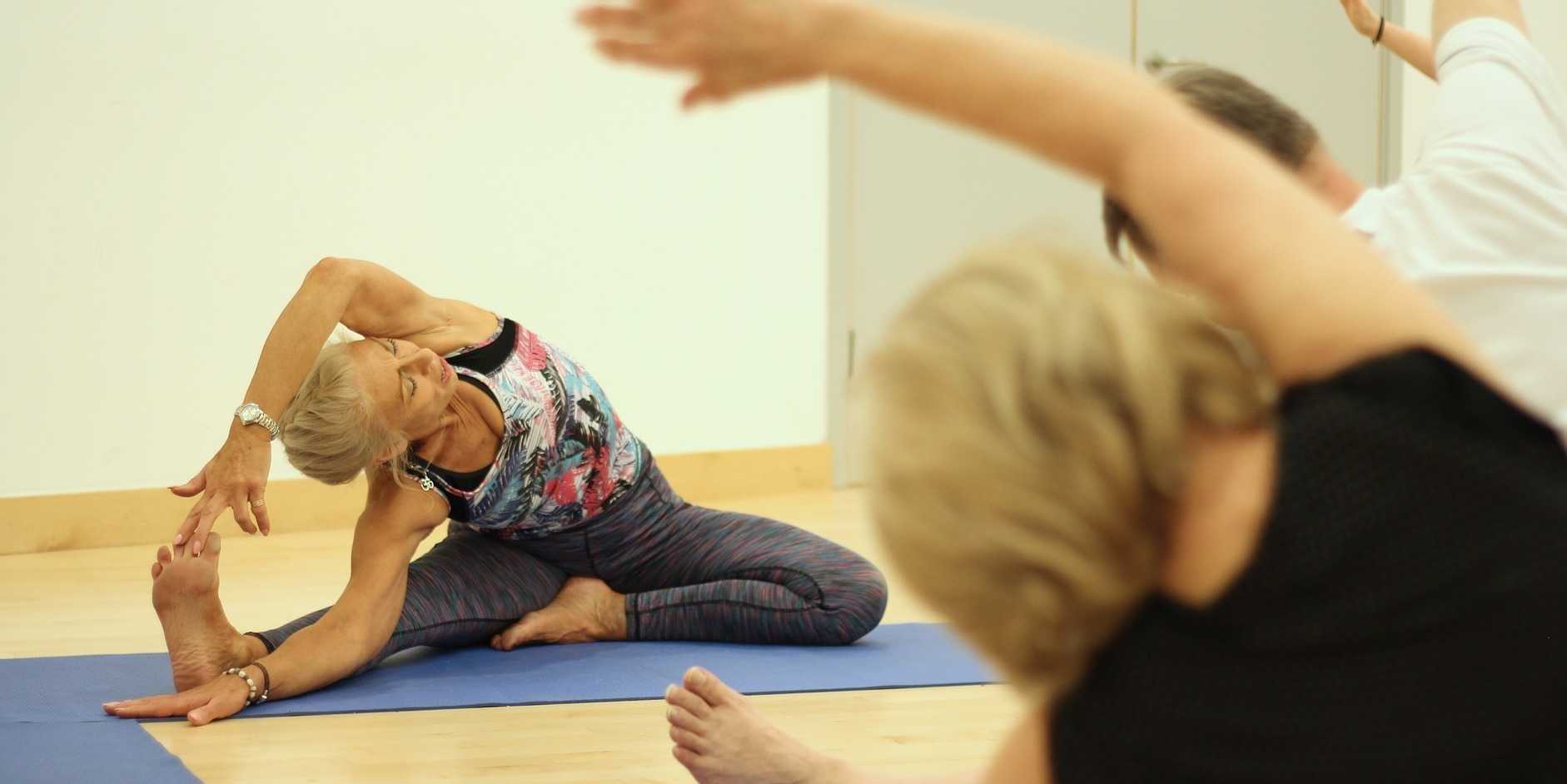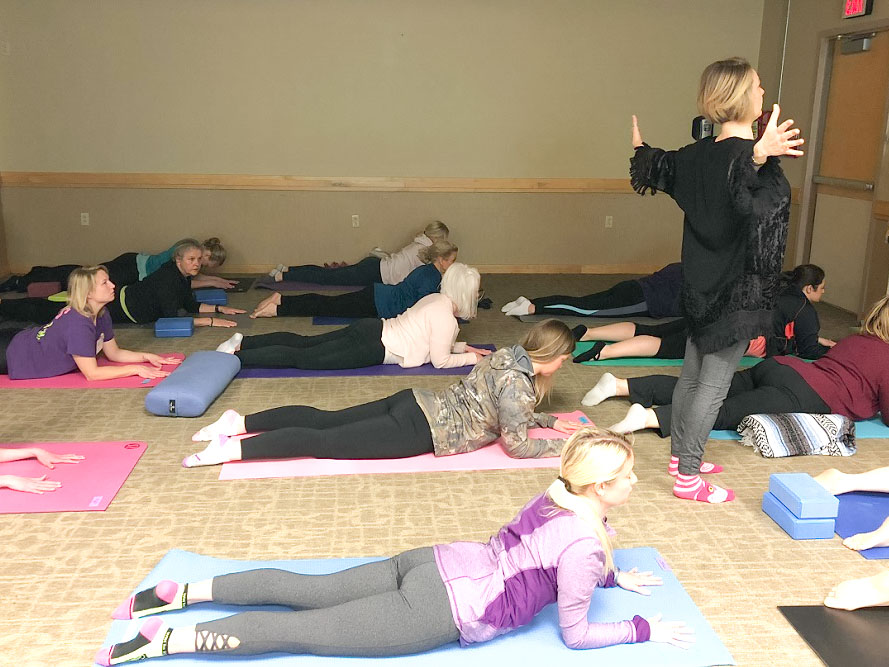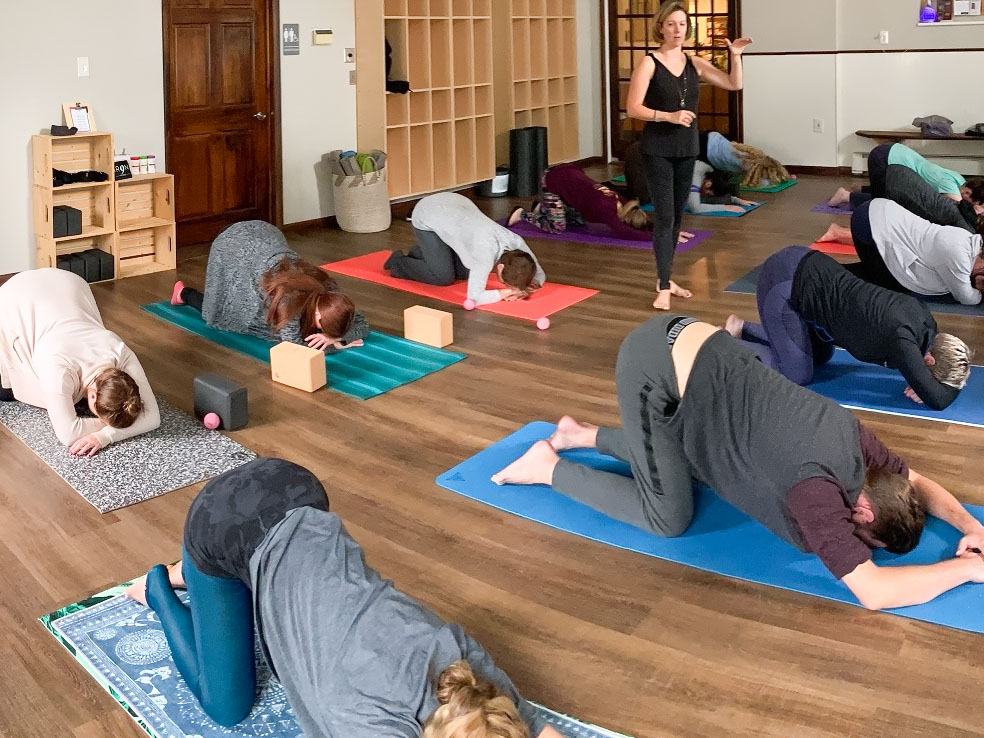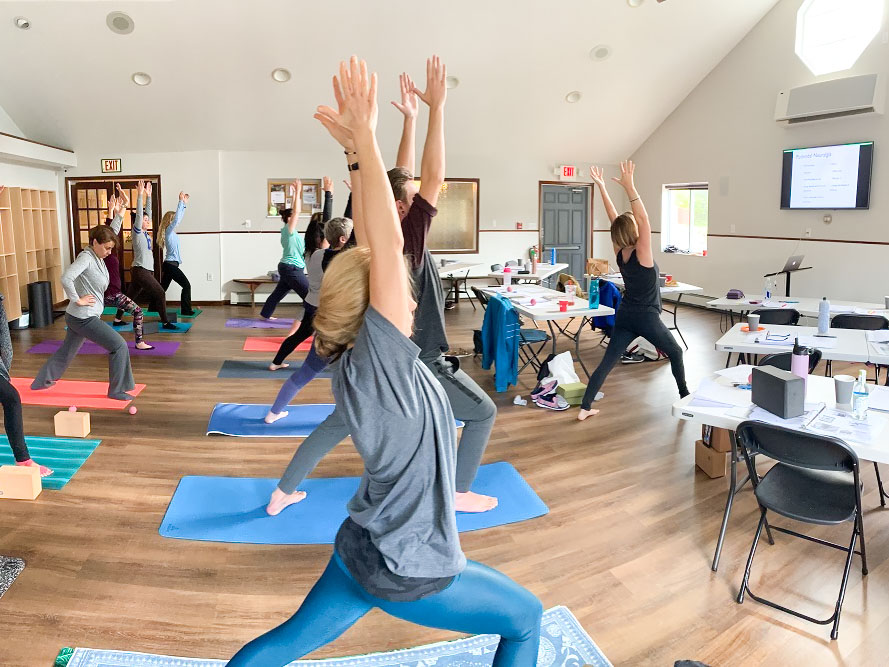NOTE: Times below are listed in Pacific time zone
For assistance converting the times below to your local time zone, use this link:
https://www.timeanddate.com/worldclock/converter-classic.html
|
=============================
These activities in Teachable must be completed prior to the course. They are located in Teachable under "A Note from your Instructor - Additional Resources"
These video lectures in Teachable must be viewed in-full prior to the course |
=============================
7:30 am PST - Zoom opens 30 mins before course for registration and setup |
=============================
7:30 am PST - Zoom opens 30 mins before course for registration and setup |






